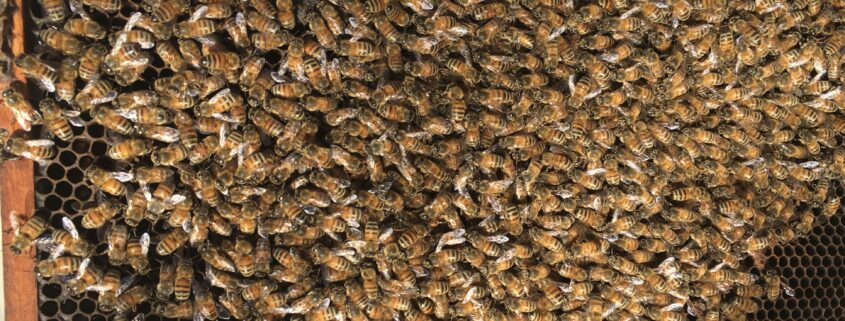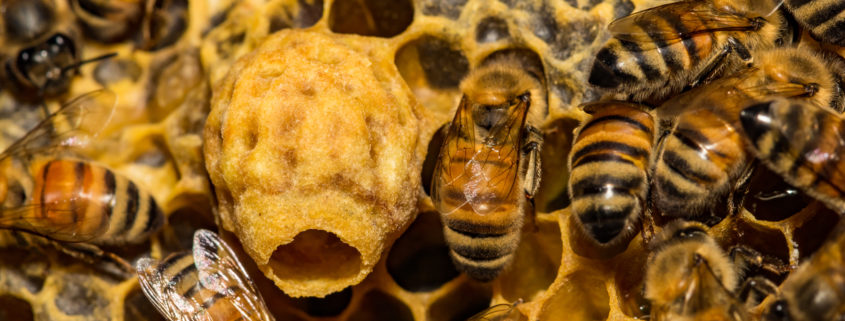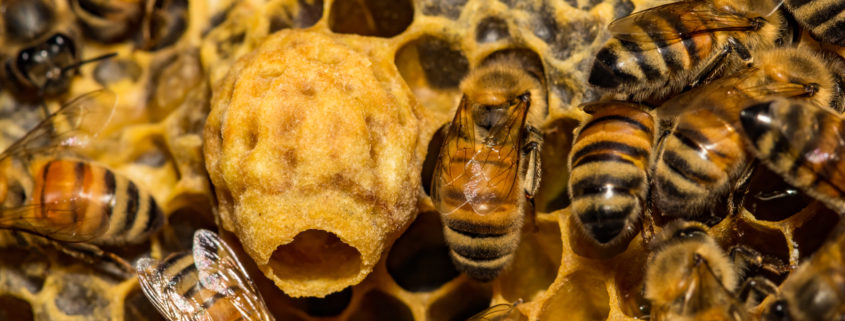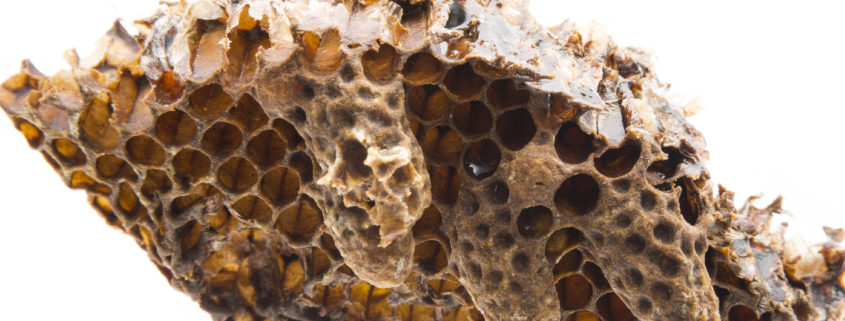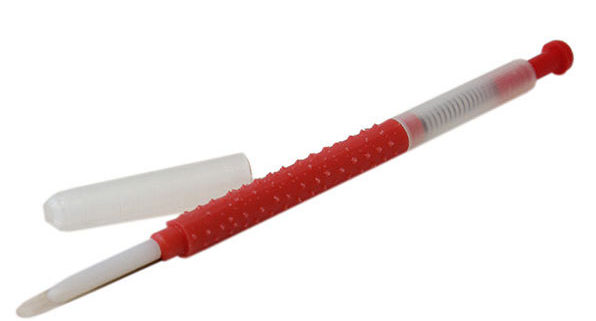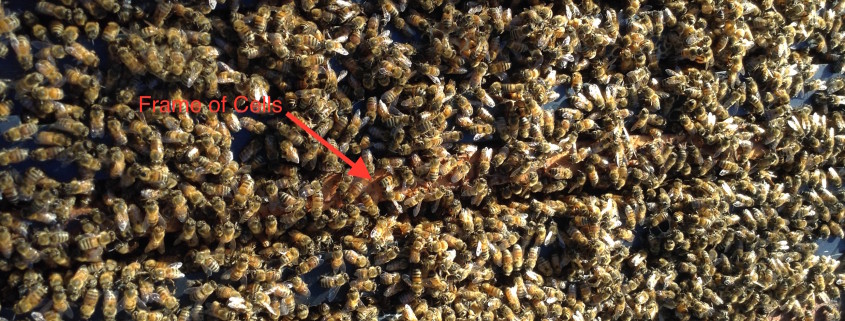How Long Can a Honeybee Colony Live When a Queen Dies?
The honeybee hive is a complex and intricate society, with each member playing a vital role in its survival. At the heart of this society lies the queen bee, the sole female capable of reproduction. Her presence is essential for the colony’s continued existence, as she lays the eggs that will give rise to the next generation of bees.
When a queen bee dies, the hive enters a state of turmoil. The queen’s pheromones, which regulate the colony’s behavior, begin to fade, and the worker bees become agitated and confused. This disruption can have a devastating impact on the hive’s ability to function effectively.
In response to the queen’s demise, the worker bees initiate the emergency queen rearing process. They select a few worker bee larvae, typically between five and eight days old, and begin feeding them royal jelly, a special nutrient-rich food that is typically reserved for the queen. This special diet stimulates the larvae’s development and transforms them into potential queens.
The worker bees construct special queen cells, which are elongated and hang vertically from the honeycomb. Each potential queen develops within her own queen cell. Once the queens reach maturity, they emerge from their cells and engage in a series of “virgin flights” to mate with male drones.
The success of the emergency queen rearing process is crucial for the hive’s survival. If the new queen fails to mate or if she is killed by the other queens, the colony will eventually die out. This is because worker bees are sterile and cannot lay fertilized eggs, which are necessary for the production of female worker bees.
In some cases, the emergency queen rearing process may fail, and the colony may become queenless. In these situations, beekeeper intervention may be necessary to save the hive. Beekeepers can introduce a new mated queen from a reputable source, such as Wildflower Meadows, or they can combine the queenless colony with another colony that already has a queen.
Without a queen, the colony’s population will gradually decline as older bees die off and there are no new replacements. The colony may also become more susceptible to diseases and pests. In some cases, the worker bees may start to lay their own unfertilized eggs, which will only produce male drones. This will further hasten the colony’s demise. Usually a colony can survive no longer than a few months without a queen.
The loss of a queen bee is a critical event for a honeybee hive. If the hive is able to successfully rear a new queen, it can survive and continue to thrive. However, if the queen rearing process fails or if the colony remains queenless for too long, the hive will eventually perish. Beekeeper intervention can play a vital role in helping queenless colonies survive, but ultimately, the fate of a hive without a queen is a delicate balance between chance and intervention.

